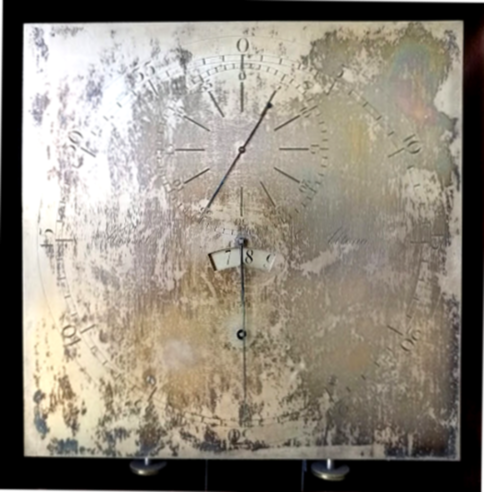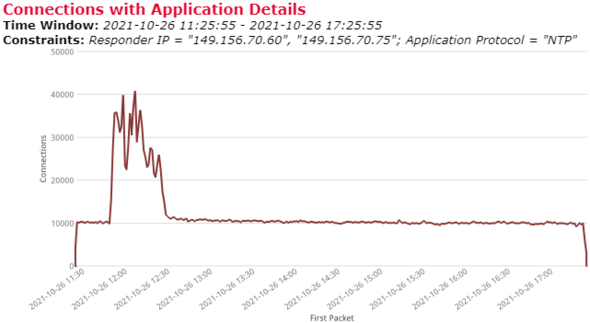Astronomy Object of the Month: 2022, June
< previous Archive next >
Cross-functional time servers at OAUJ
High precision time measurement is necessary in many fields of astronomical research. This includes the analysis of optical
radiation variability of stars and quasars conducted at OAUJ. Dedicated servers transferring time via the NTP protocol have
been set up at the Jagiellonian University Astronomical Observatory in Cracow for the precise time recording. It is a
continuation of a long tradition of providing time signal by the Cracow Observatory.

Illustration 1: The face of one of the clocks used for time service at the Cracow Observatory. Credit: OAUJ.
Astronomers, like few others, need very high precision timing to conduct their research. Time servers present at OAUJ were developed as a part of studies on optical variability of stars and quasars carried out by the team of Prof. Zola. Additionally, these servers have been used in many of our other observations and research works.
The precise knowledge of time is also important in everyday life. Only a few centuries ago, errors in measuring time, and thus inaccurate determination of longitude, caused huge economic losses as a result of commercial shipwrecks. Today, knowledge of the precise time is used, among others, by various types of telecommunication systems. For several years, the OAUJ has been providing a time service through the Internet, making it possible to synchronize time in computer systems with the standard time, thus serving numerous public and private entities not related to astronomy. This activity is somewhat of a continuation of the OAUJ's tradition of providing a time signal. In the years 1946 to 1984 we broadcasted precise analogue time stamps nationwide at 12 o'clock on Polish Radio. Both of our time servers are available to the public — 24/7 and free of charge. The NTP protocol allows time synchronization with uncertainties ranging from tenths of a second to single milliseconds, and in some cases to several microseconds. Statistics completed in the autumn of 2021 show that the average number of time requests to OAUJ servers is 210,000/hour.
The servers provide accurate time to computers worldwide, but by the nature of the NTP protocol, machines located in Poland and surrounding countries predominate. The OAUJ servers are used by individual users and companies for which the exact time of computer operating systems is a critical issue. These include airports and commodity and energy trading exchanges. The source of time are high quality receivers: GPS and radio DCF. OAUJ servers are very often requested for time because their primacy over other similar devices lies in the fact that they are very accurate, stable and reliable due to frequent checks. The internal timing accuracy of our two servers is 10 μs and 12 ms.
This timing pattern at OAUJ has been used in many observations and research works, including the analysis of optical variability of the OJ287 system of two supermassive black holes (Valtonen, M. J., Zola, S., et al., ApJ, 2019, 882, 88).

Illustration 2: An example plot of temporal query statistics for the time servers at OAUJ. Credits: OAUJ.
Related publication: Budyn, M., Zoła, S., Wójcik, K., JAstroCam — A New Tool for Data Gathering with CCD, ASPC, 435, 87 (2010).
The work is part of research conducted at the Department of Stellar and Extragalactic Astronomy of the Jagiellonian University’s Astronomical Observatory.
|
Staszek Zoła Astronomical Observatory Jagiellonian University S.Zola [at] oa.uj.edu.pl |


